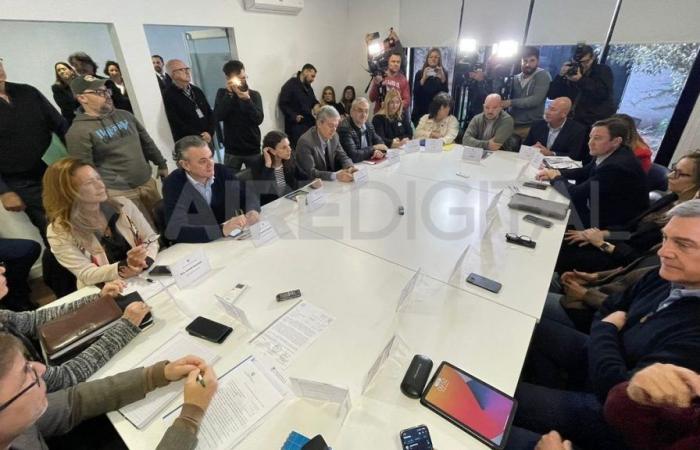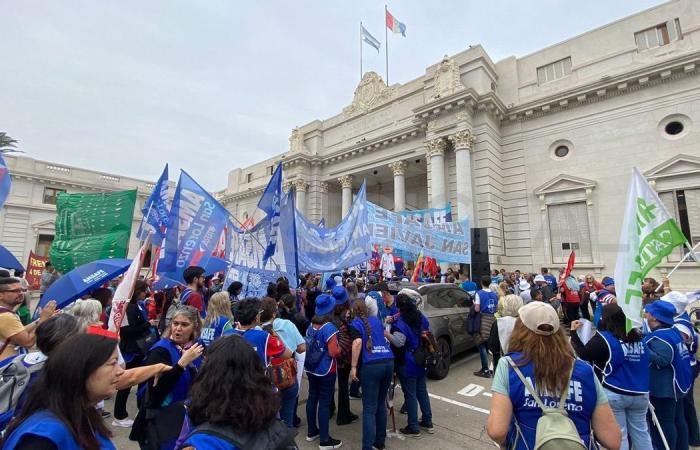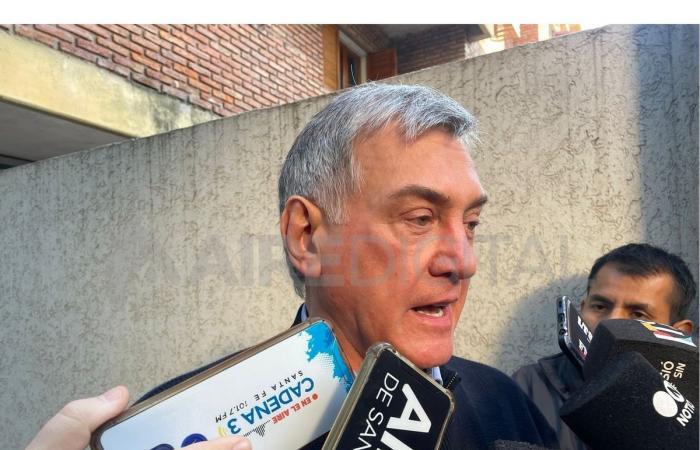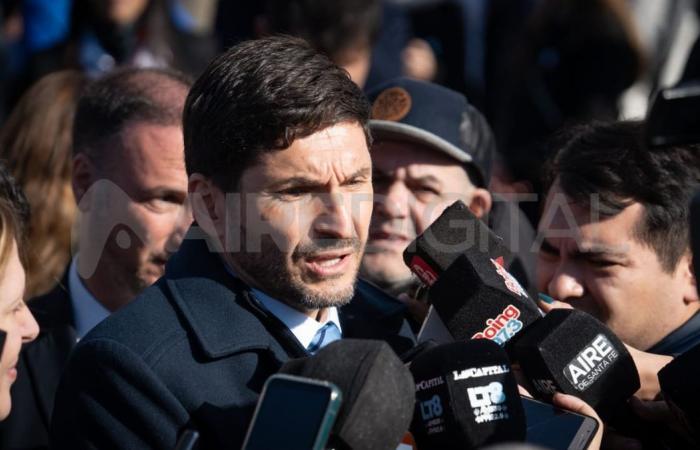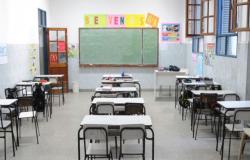Although in the constitution of the commission it was established that the unions would be part ATE, UPCN, Amsafe (public teachers) and Festram (municipal), other institutions can participate to express their positions. For this reason, representatives of the College of Magistratesof judicial employees and of the Argentine Teachers Union (UDA). The first meeting of the commission was on Wednesday, June 19.
pension reform.jpeg
The commission for the Reform of the Santa Fe Pension System had its first meeting on Wednesday, June 19.
READ MORE ► Retirement reform in Santa Fe: the commission debuted with clear positions between the sectors and an arduous debate is expected
Starting this Tuesday, the large group of actors that make up the commission is expected to have an arduous debate, taking into account the different positions that the sectors maintain on the discussion.
In 45 days, based on the collection of different voices and views, a report will be submitted to the Executive. On the one hand, the view of the unions and guilds. Some propose a “let’s go” rejection of any attempt to modify the retirement regime. Others show more caution regarding this measure and postulate the need to strengthen provincial demands on the Nation for the debt.
On the other hand, there are the public officials who make up the commission. The principle of these is to “save the Fund” and try to reduce its deficit. The governor Maximiliano Pullaro had indicated days ago that the deficit represented a total “40 kilometers of route, eight schools, 840 patrol cars”.
Retirements in Santa Fe: the unions’ objection to a reform
During the first day of operation of the commission for the Reform of the Santa Fe Pension System, the participating unions –ATE, Upcn, Amsafé and Festram–were in favor of holding the debate. However, they made known their criticism regarding the initiative promoted by the government of Maximiliano Pullaro.
“We are going to ratify a position that was voted on in the Amsafé assemblies, where we reject any attempt to modify the retirement regime”said to AIR the General Secretary of the public teachers union, Rodrigo Alonso.
demonstration legislature pension reform santa fe.jpg
The majority of union and union entities made known their criticism regarding the initiative promoted by the government of Maximiliano Pullaro.
READ MORE ► Retirements in Santa Fe: unions’ objection to the reform promoted by the government of Maximiliano Pullaro
For Alonso, the current deficit is “momentary, where much of it has to do with a failure by the Nation”, so the provincial Executive must demand that all the resources that are owed be sent. Until December 2023, the subsector to which the most money is allocated in retirement and pensions is teaching, with 36.9%.
Jorge Molinarepresentative of Upcn, agreed with Alonso on the need to complain to the national government and asked for a sustainable Fund: “We need the Nation to fulfill its commitment, we have to create, from our perspective, a sustainable Fund and everything necessary so that both current retirees and future retirees that we represent can have the security and certainty that their retirement system is not at risk”he pointed.
The central administration represented, as of December 2023, the second subsector to which the Fund allocates the most money (17.2% of the amounts of retirements and pensions).
Retirements in Santa Fe: the Executive and the objective of “saving the Fund”
Jorge BoassoSecretary of Social Security spoke with AIR on the first day of the commission. “It is auspicious in a democratic country to begin a debate with broad participation, to be able to hear all voices for a possible modification of the Santa Fe pension system that has been suffering from a worrying deficit for everyone”, he indicated. The official described the state of the Pension Fund as “worrying” and asked: “We have to save the Fund. The decision is to defend it and to save it modifications are needed.”
Meanwhile, the provincial director of the Retirement and Pension Fund, Alicia Berzeroshared that the deficit is “troubling” and stressed the importance of “give a diagnosis” prior to the presentation of a program to reduce it. “The idea is to protect the rights of the contributors, that is, that the Fund is sustainable and they can continue collecting benefits in the future, that is the concern we have,” he stressed.
Jorge Boasso.jpg
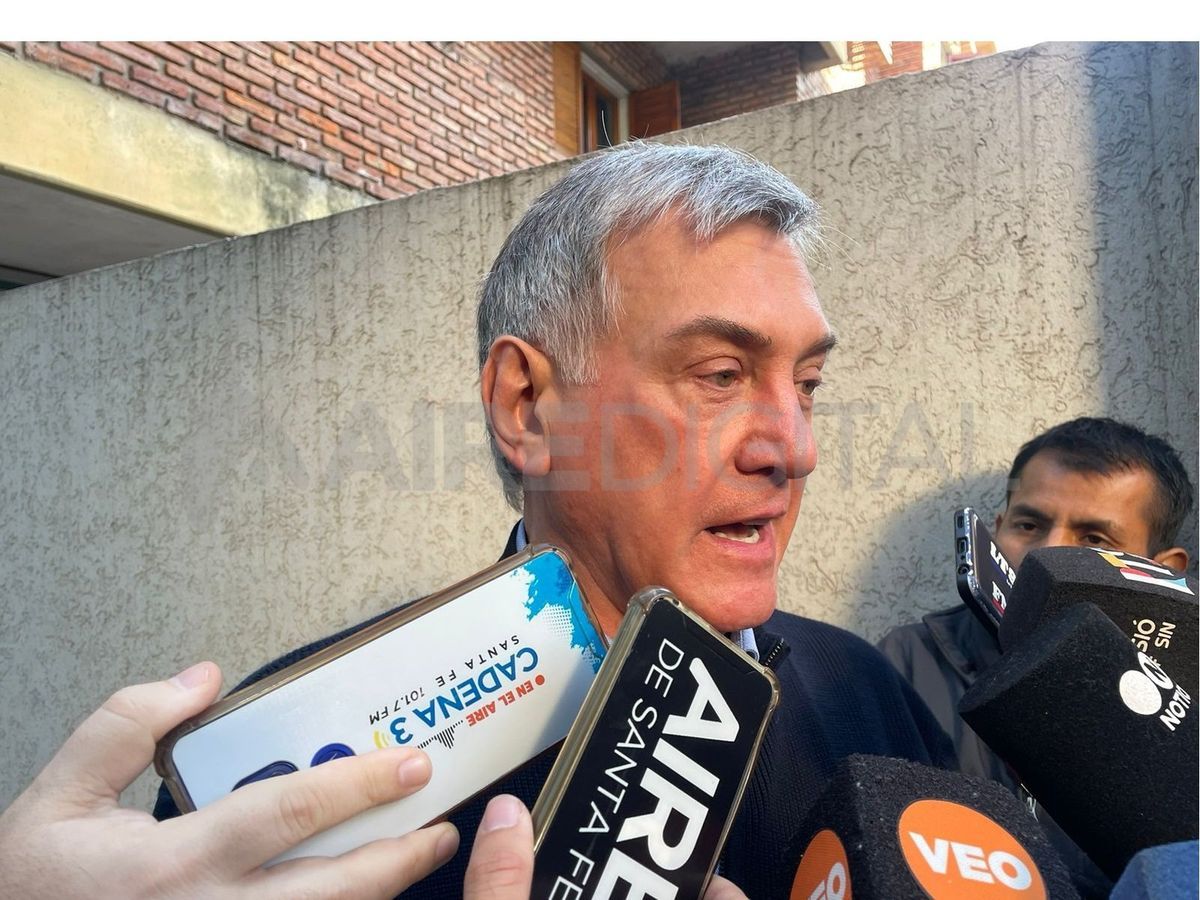
Boasso described the state of the Pension Fund as “worrying” and asked: “We have to save the Fund. The decision is to defend it and to save it modifications are needed.”
READ MORE ► Retirements in Santa Fe: one by one, the names that make up the Commission that will meet on Wednesday
Retirements in Santa Fe: the objective of the commission
The text of the norm that created the commission – which came from the Senate, later modified by Deputies and validated by the Upper House – refers to the “need to address the analysis of the pension regime, guaranteeing the permanence of the Retirement and Pension Fund in the orbit of the Provincial State and its supportive nature”.
Based on criticism, which came mainly from unions and progressive sectors, the original initiative that spoke directly about reforming the pension system was left behind. In this way, the idea of the commission was born, whose purpose is “the study, preparation and writing of a report regarding the sustainability of the pension regime in force in Santa Fe,” details article 3.
Among the functions, the commission may require reports from public or private entities, cite public officials of any rank, as well as convene any person or association that, due to their knowledge on the subject, can make contributions that allow a better development of the task. In turn, the Commission must submit a report to the Executive Branch within a period of up to 45 days, which will apply “from the date of its publication.” According to the new text, the Commission authorities are empowered to extend the established deadline.
Retirement Fund: who makes up the Commission
As established in article 4, the commission will be made up of the presidents of the Constitutional Affairs and General Legislation Commissions of the Chamber of Senators and the Chamber of Deputies. The senator of the San Justo Department, Rodrigo Borla will be in charge of the presidency and Pablo Farias, will be the vice president. There will be six senators, eight deputies, four representatives of the Executive Branch and four members of the unions.
Among the senators will be: Raul Gramajo July 9; Esteban Motta of Saint Martin; Hugo Rassetto Iriondo; Oscar Dolzani of San Javier; Ruben Pirola through Las Colonias and Alcides Calvo by Castellanos. Regarding the list of deputies: Jose Corral, Gisel Mahmud, Astrid Hummel, Ruben Galassi, Claudia Balague, Fabián Palo Oliver and Walter August.
Flag Day Rosario 2024 Maximiliano Pullaro
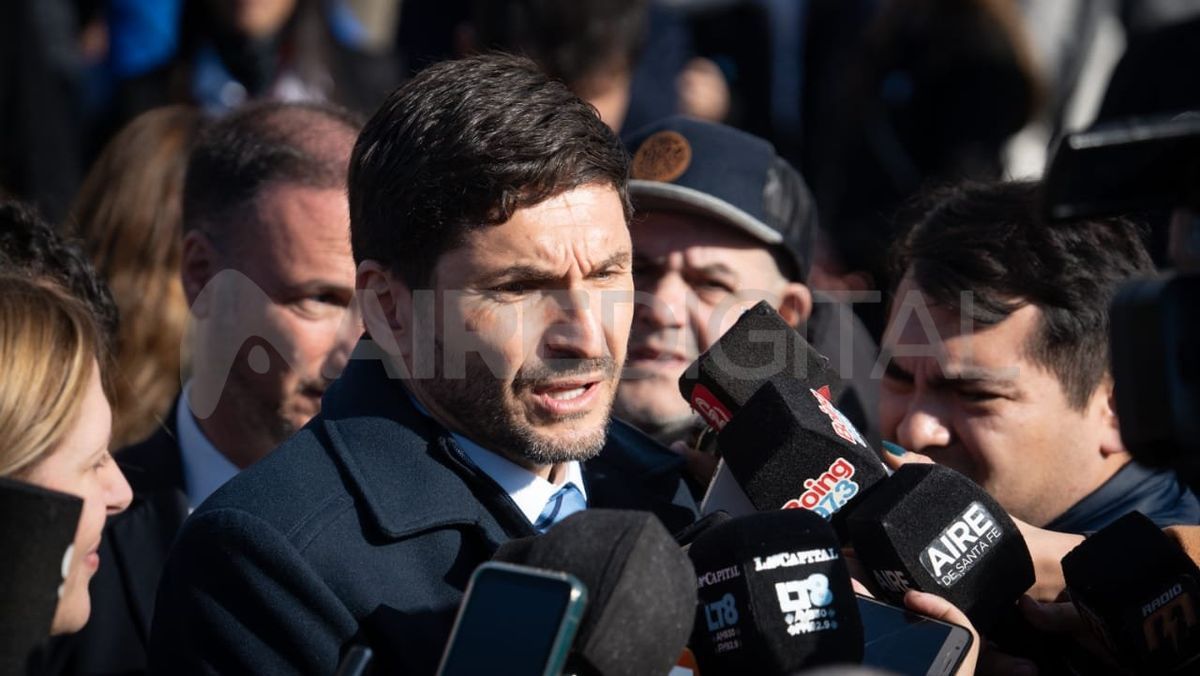
The government of Maximiliano Pullaro, for its part, chose to exempt the ministers from being part of the Commission.
Maiquel Torcatt / Aire Digital
READ MORE ► Retirements in Santa Fe: “We have to save the Fund,” said Jorge Boasso
The government of Maximiliano Pullaro, for its part, chose to exempt the ministers from being part of the Commission. He then appointed Jorge Boasso, Secretary of Social Security; Alicia Berzero, provincial director of the Retirement and Pension Fund; Malena AzarioSecretary of Human Resources and Public Function of the Ministry of Economy, and Julia Toneroin charge of the Legal and Technical Secretariat.
For their part, the four unions that make up the commission are: ATE, UPCN, Amsafé and Festram. In this regard, the Law indicates that the sectors that do not make up the Commission “may designate an assistant, who will be authorized to participate in the scheduled meetings.”

